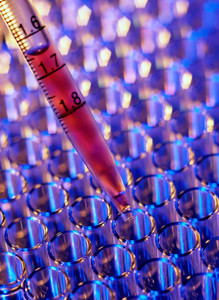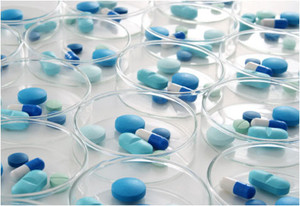The European Medicines Agency (EMA) released a reflection paper on 15 August 2017 which will help generic drugmakers to set specifications for the in vitro dissolution of immediate-release oral drugs.
New EMA reflection paper on setting dissolution specifications
Home/Guidelines
|
Posted 08/09/2017
 0
Post your comment
0
Post your comment

Dissolution specification describes the quantity of active substance dissolved in a specified time, expressed as a percentage of the content stated on the product label.
Dissolution specification should ensure batch-to-batch consistency and highlight possible problems with in vivo bioavailability.
This latest guidance was released following discussions on the suitability of dissolution specifications in marketing authorization procedures, and a number of referrals raised through the Co-ordination Group for Mutual Recognition and Decentralised Procedures – Human (CMDh), which deals with marketing authorization of human medicines in the European Union.
The guidelines relate to solid immediate release drug products with systemic action, characterized as having at least 75% dissolution within 45 minutes, which derives from the European Pharmacopoeia Ph. Eur. (5.17.1) recommendation for conventional release dosage forms.
EMA says specification should be based on the quality of the batches of drugs used in bioequivalency testing or clinical studies. It also says a similar approach could be used to develop innovator products.
The paper provides guidance on developing a dissolution method, test conditions, batches with differentin vivobehaviour, and setting specifications. It also provides a decision tree to make the evaluation process more transparent, although this is not applicable for drugs with narrow therapeutic ranges or where there is no prior knowledge of critical dissolution behaviour.
The paper also does not discuss dissolution tests in three different buffers required as complementary to bioequivalence studies, or tests required in support of biowaiver of strengths or Biopharmaceutics Classification System (BCS)-based biowaivers. EMA says it should be read alongside relevant guidelines, include European Pharmacopoeia Recommendations on Dissolution Testing and Guidelines on the Investigation of Bioequivalence.
This is the final version of the paper, put together based on various feedbacks from stakeholders.
Related articles
EMA adopts five product-specific bioequivalence guidelines
EMA guidance for NBCDs and products approved
Bioequivalence testing for generics
Permission granted to reproduce for personal and non-commercial use only. All other reproduction, copy or reprinting of all or part of any ‘Content’ found on this website is strictly prohibited without the prior consent of the publisher. Contact the publisher to obtain permission before redistributing.
Copyright – Unless otherwise stated all contents of this website are © 2017 Pro Pharma Communications International. All Rights Reserved.
Source: EMA
Policies & Legislation
Argentina streamlines drug approval process
ANVISA tackles 24-month backlog in biologicals post-registration petitions
Most viewed articles
The best selling biotechnology drugs of 2008: the next biosimilars targets
Global biosimilars guideline development – EGA’s perspective
New guidance for biologicals in Pakistan and Hong Kong’s independent drug regulatory authority

Home/Guidelines Posted 20/10/2025
Canada poised to remove requirement for Phase III trials for biosimilars

Home/Guidelines Posted 22/07/2025
The best selling biotechnology drugs of 2008: the next biosimilars targets








Post your comment